Spring Shipping
Due to the high volume of orders, please allow 8-12 business days for your order to be carefully packaged and shipped.
We appreciate your patience. Happy Spring!
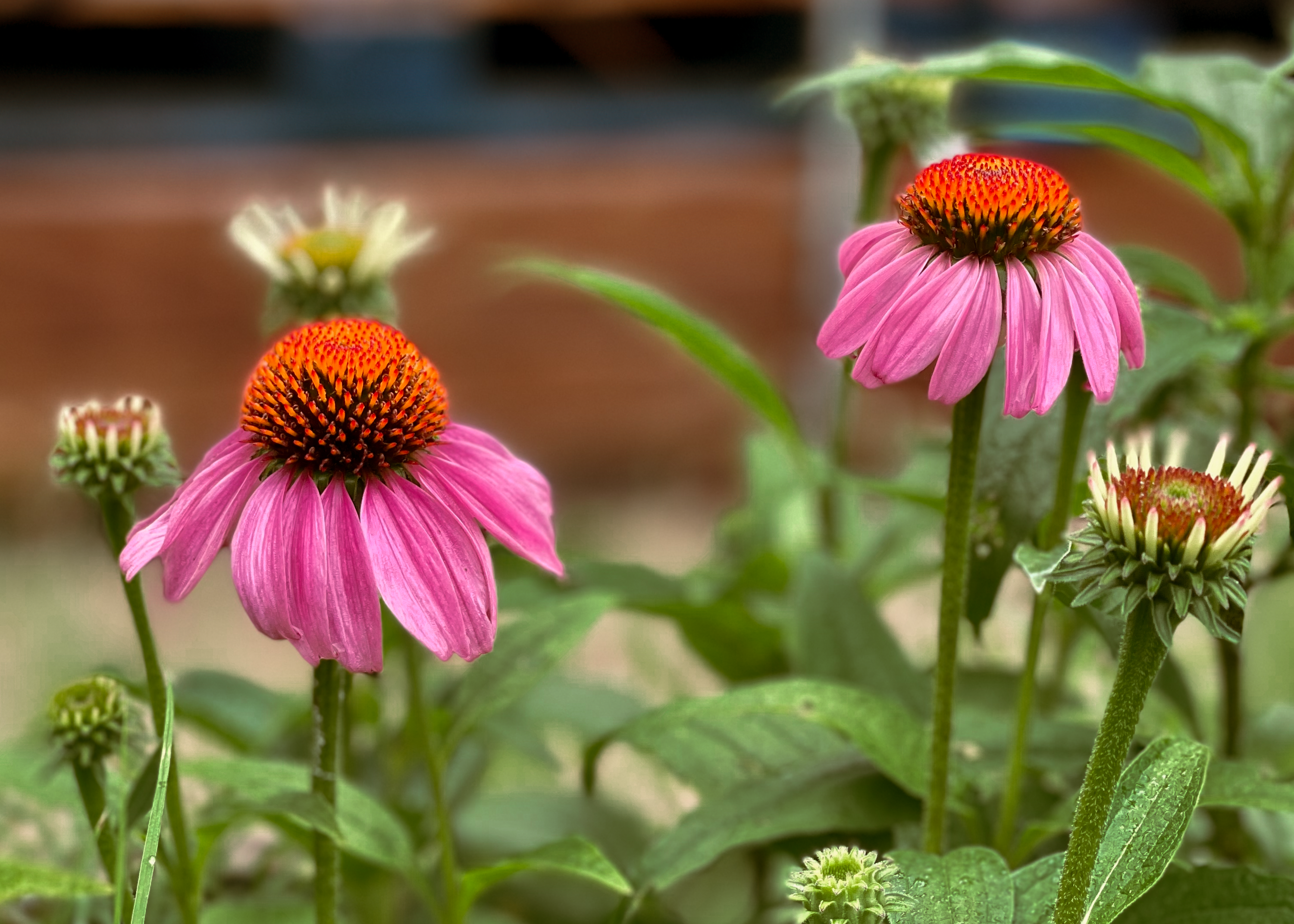

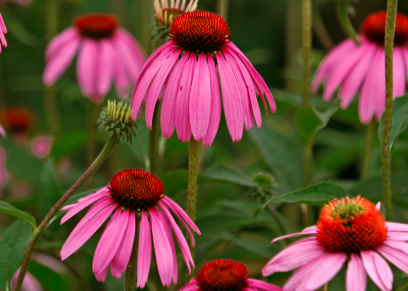

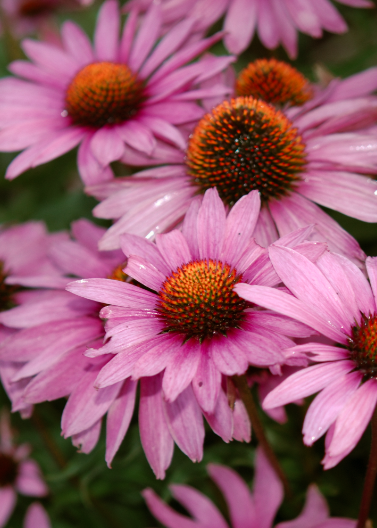

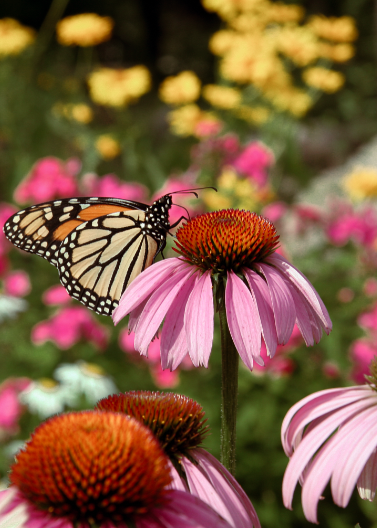

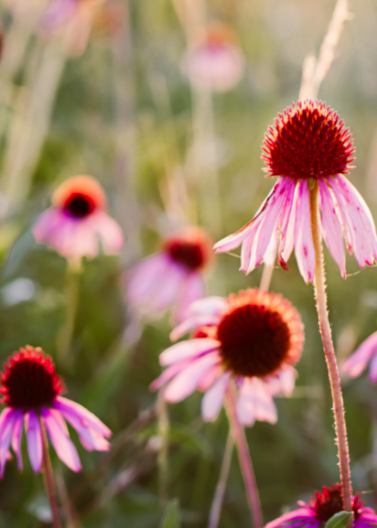

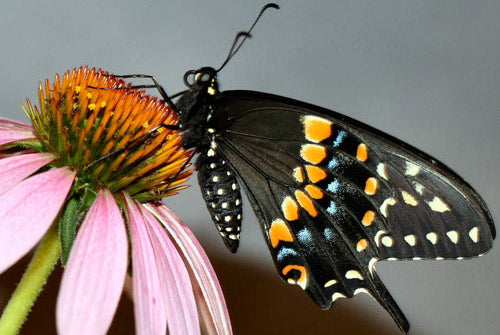

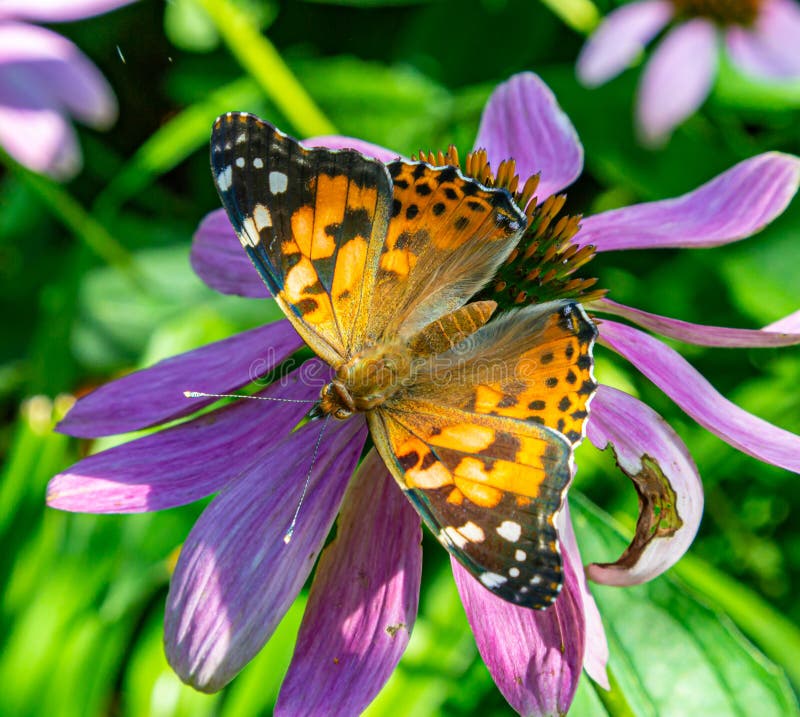



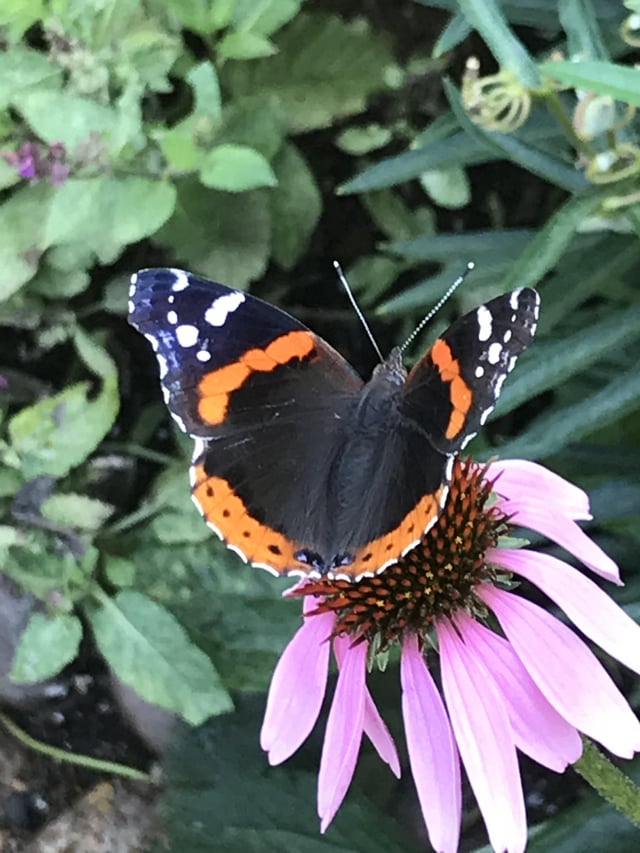










Due to the high volume of orders, please allow 8-12 business days for your order to be carefully packaged and shipped.
We appreciate your patience. Happy Spring!
Stay In The Know With Our Weekly Newsletter.
We use cookies and similar technologies to provide the best experience on our website. Refer to our Privacy Policy for more information.













































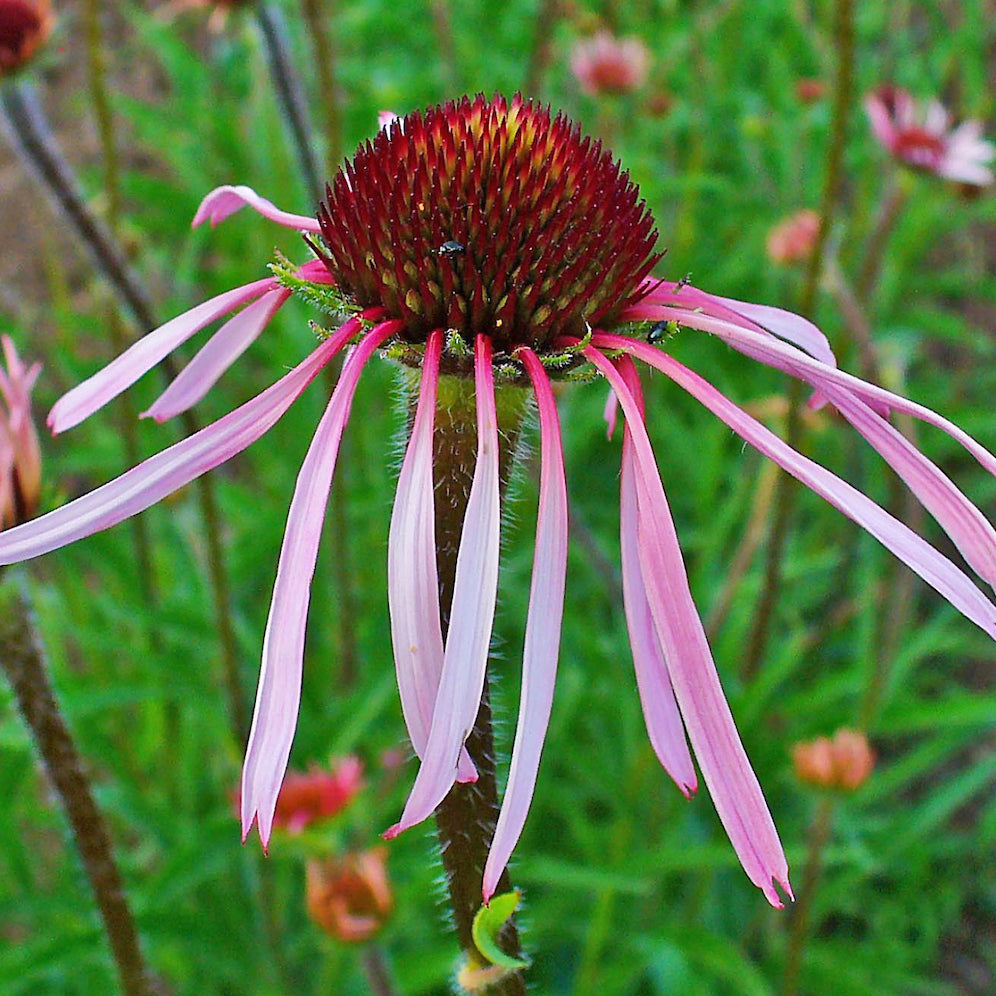
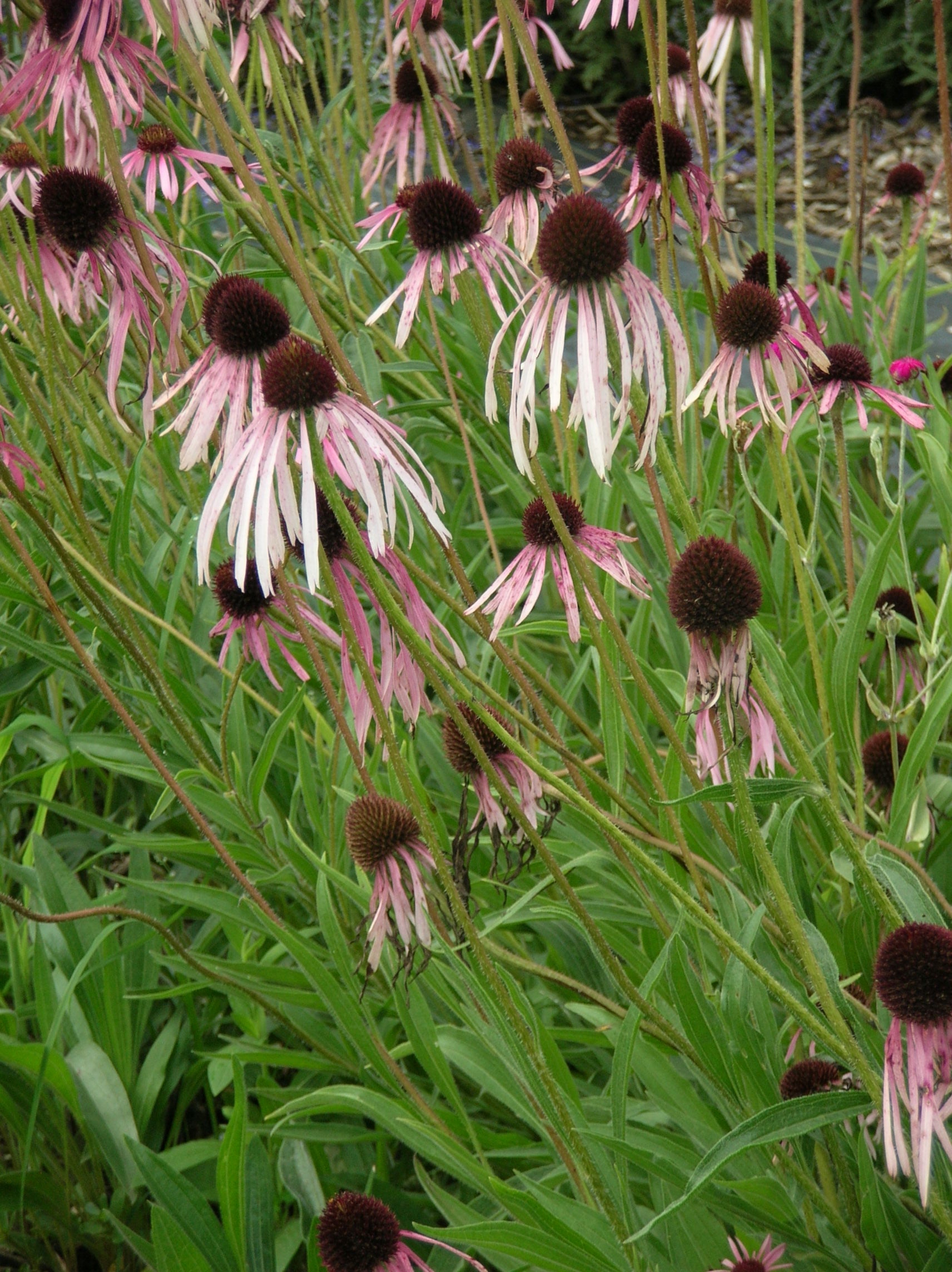
Coneflower 'Pale Purple'
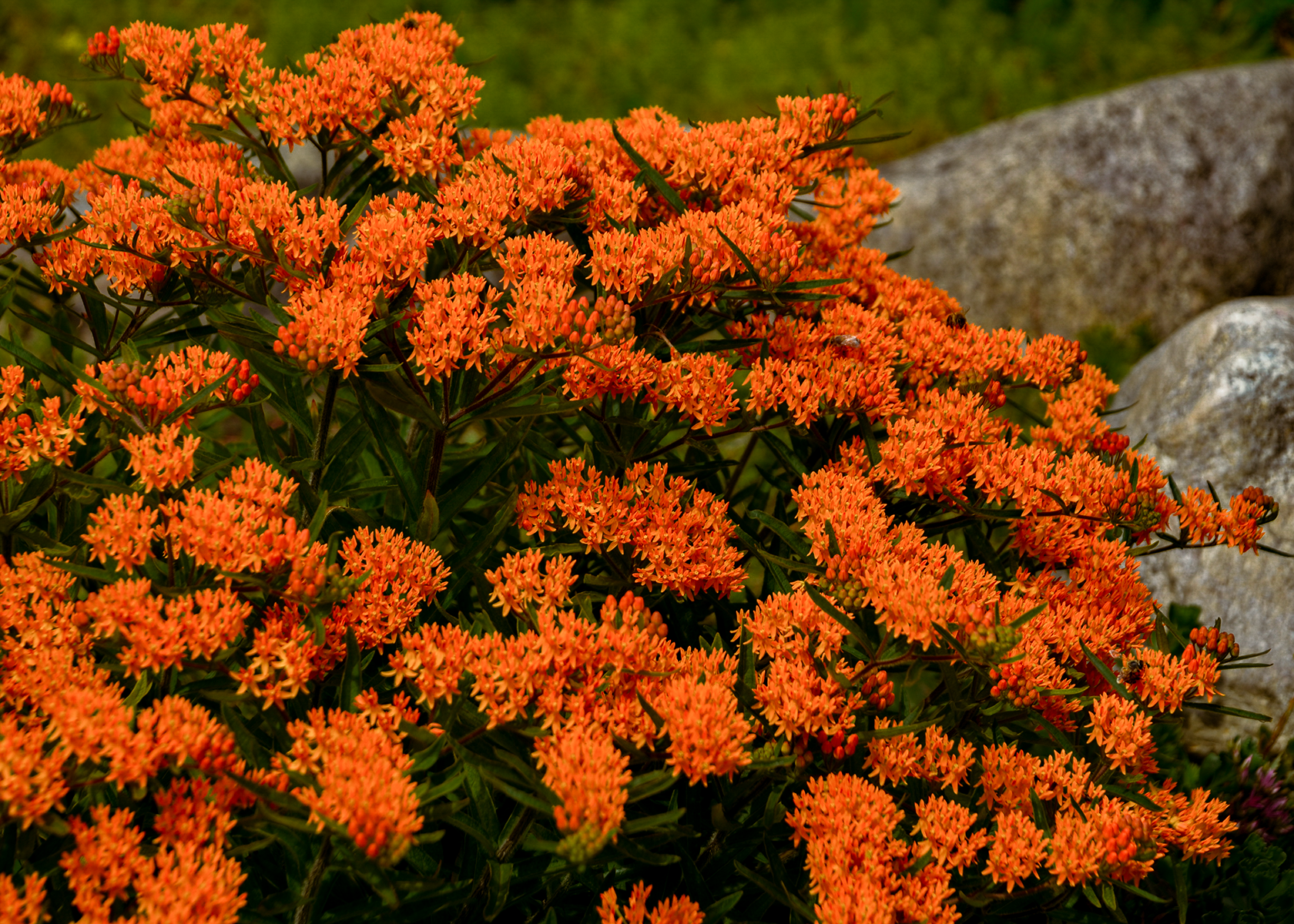
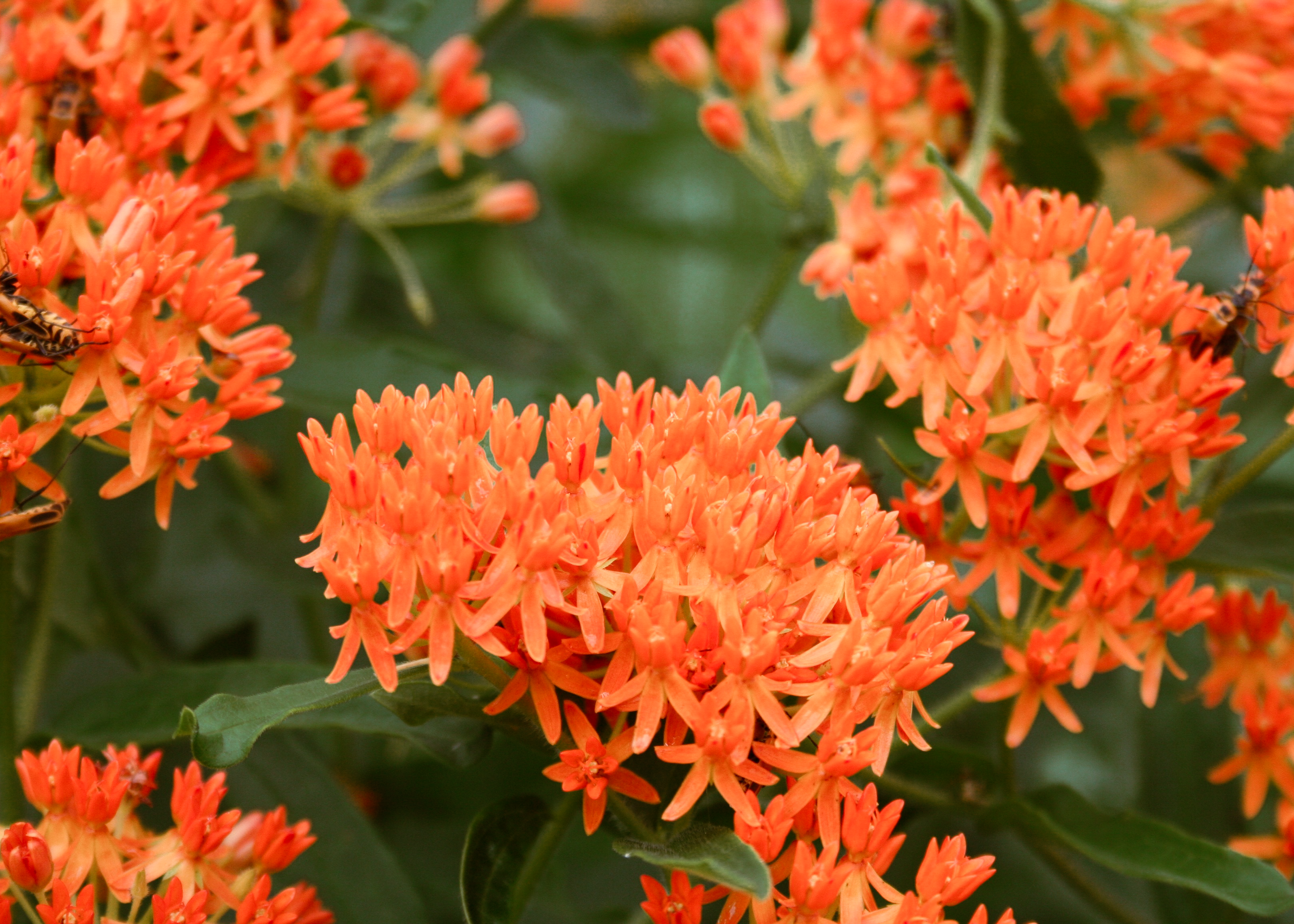
Butterfly Weed